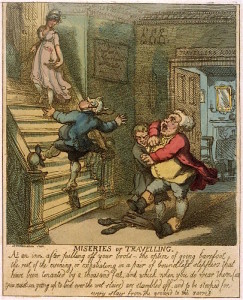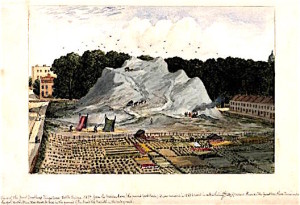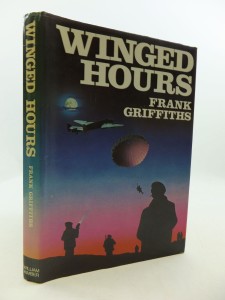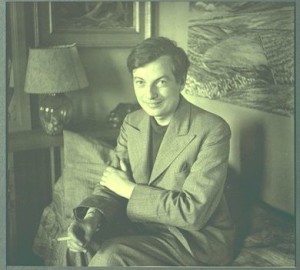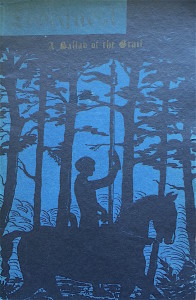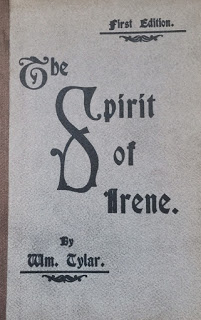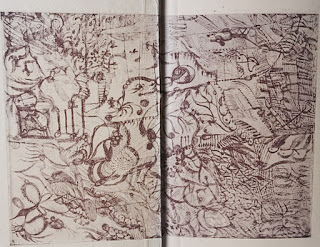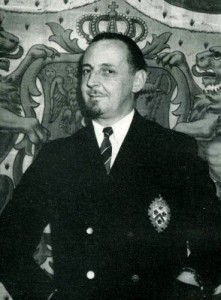 An entry in the 1961- 62 edition of The Good Food Guide describes the exuberant John Showers and his’ inn’, the Stanhope in Calverley Lane, Rodley, south east of Leeds, thus:
An entry in the 1961- 62 edition of The Good Food Guide describes the exuberant John Showers and his’ inn’, the Stanhope in Calverley Lane, Rodley, south east of Leeds, thus:
‘He fills out the nightly menus with his own essays, and he has written two books about it. Foreign visitors, of which there are many, are liable to be welcomed in their own tongue (Mr Showers’circular green notepaper has Cheerio on it in thirty languages) and escorted to their tables to the sound of their own national anthem. There is a nightly cabaret, by no means undistinguished and not ‘blue’ for which he sometimes writes the script. The dining-room is very small, and serves some English dishes but ignore them ( except for no. 80 ’curried octopus’—so English, don’t you think?) and go for the Chinese food. Try, divided among a party, the Sea Salad (9/-), inkfish with bean sprouts (8/-), Stanhope Special ( based on chicken , pork and water-chestnuts, 8/ 6) or ask for some advice…
Reading the two books in question one will discover that before he opened The Stanhope, the Essex-born Showers was, among other things, a male manikin, bus conductor, and a banana planter. In 1937, inspired by the example of the new king and his consort playing darts publicly he installed a board in his saloon, hoping to attract the upper middle class. Alas, only the local proletariat came to play, and eventually the board was relocated to the tap-room. All of which recalls Basil Fawlty’s disastrous ‘gourmet night’ ! Continue reading

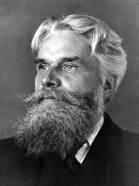 Found in a album of cuttings from various East Anglian newspapers in the early twentieth century is a review that appeared in The Leader, December 24th, 1906 of A Study of British Genius by the pioneer sexologist Havelock Ellis. The reviewer gleefully notes that East Anglia seems to have produced a high proportion of geniuses. To make his point he lists in order of greatness those English counties that have contributed most to the making of English men of genius. These were:
Found in a album of cuttings from various East Anglian newspapers in the early twentieth century is a review that appeared in The Leader, December 24th, 1906 of A Study of British Genius by the pioneer sexologist Havelock Ellis. The reviewer gleefully notes that East Anglia seems to have produced a high proportion of geniuses. To make his point he lists in order of greatness those English counties that have contributed most to the making of English men of genius. These were: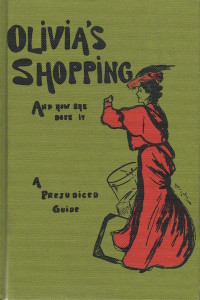

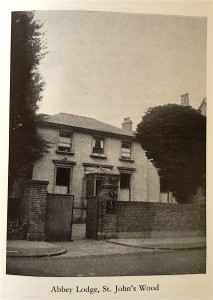 Found in a 1955 Punch – a review by the novelist Anthony Powell of Honours for Sale. The Strange Story of Maundy Gregory. (Gerald Macmillan, London: Richards Press 1954).
Found in a 1955 Punch – a review by the novelist Anthony Powell of Honours for Sale. The Strange Story of Maundy Gregory. (Gerald Macmillan, London: Richards Press 1954). 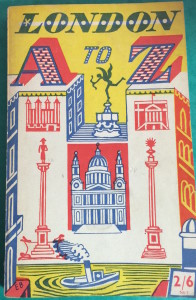 Found – this rare and attractive paperback guide to London published by Andre Deutsch in 1953 and illustrated by Edward Bawden. This extract of three entries gives the flavour
Found – this rare and attractive paperback guide to London published by Andre Deutsch in 1953 and illustrated by Edward Bawden. This extract of three entries gives the flavour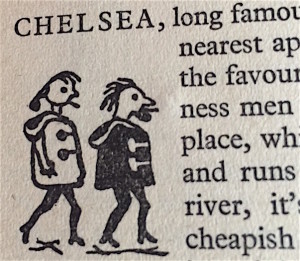
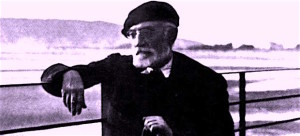 Found in Essays and soliloquies by Miguel de Unamuno (London: Harrap 1924) this preface written on the windswept Spanish island of Furteventura. The island is now mainly a holiday destination, although there is an impressive statue of Unamuno by the main road and also a life size statue of him on a side street.
Found in Essays and soliloquies by Miguel de Unamuno (London: Harrap 1924) this preface written on the windswept Spanish island of Furteventura. The island is now mainly a holiday destination, although there is an impressive statue of Unamuno by the main road and also a life size statue of him on a side street. 